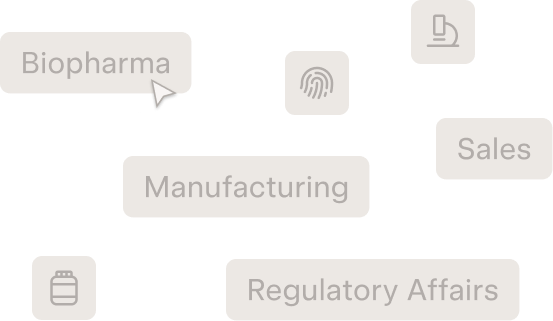Your onboarding process is the first impression you make on your new hire. An ill-planned onboarding process can put the employer right back to square one, as 20% of new joiners would leave for another opportunity within 45 days if they’d received a negative start to a new job.
On the other hand, a good onboarding experience can benefit staff retention. 69% of new employees who have had a good onboarding experience are more likely to stay with the company for three years; they are also 58% more likely to stay even longer afterwards.
Piles of paperwork and documents with processes come to mind for most when thinking about an induction plan. It won’t have to be dull if you start with the socialising aspect – meeting the rest of the team either in person or virtually. This helps the new starter put names to faces immediately and provides a chance for them to get acquainted with their colleagues in a more relaxed context.
Creating a onboarding process for your new staff is one of the most effective ways to improve retention, engagement, and productivity. A good onboarding process helps new employees feel welcomed, informed, and empowered to succeed. Here’s a step-by-step guide with practical tips:
1. Start Before Day One (Preboarding)
-
Send a welcome email/package: Include a friendly message, company values, what to expect on day one, and any forms or policies they can review in advance.
-
Provide essential details: Time to arrive, dress code, parking, login info, or office access instructions.
-
Assign a buddy or mentor: Let them know they’ll have someone to turn to for informal questions.
-
Set up their workspace: Computer, accounts, email, software access, and nameplate — ready before they arrive.
2. Make the First Day Feel Special
-
Warm welcome: Have their manager or team greet them personally.
-
Give a tour: Show them around the office or introduce them to key people if remote, do a virtual “meet the team” session.
-
Keep it light but structured: Avoid overwhelming them with too much paperwork or meetings on Day 1.
-
Lunch or coffee meetup: Helps build personal connections quickly.
3. Provide Clarity and Structure
-
Set clear expectations: Explain their role, goals, and how success is measured.
-
Outline a 30-60-90 day plan: This gives structure and helps them see a clear path to success.
-
Review company values and culture: Explain not just what the company does, but how people work together.
4. Offer Effective Training
-
Blend formats: Combine shadowing, e-learning, workshops, and hands-on tasks.
-
Break training into phases: Avoid information overload — focus on essentials first, then deeper learning later.
-
Encourage questions: Create a culture where asking for help is normal and welcomed.
5. Build Connection and Belonging
-
Team introductions: Host a short “get to know you” session with their immediate team.
-
Buddy system: A go-to person for guidance and social connection.
-
Encourage manager check-ins: Weekly one-on-ones during the first few months make a big difference.
6. Track Progress and Solicit Feedback
-
Check-in milestones: After week 1, 30 days, 60 days, and 90 days — ask how they’re feeling and what’s unclear.
-
Adjust onboarding materials: Use feedback to continuously refine your process.
-
Celebrate wins: Recognize their first achievements to boost motivation and belonging.
7. Use the Right Tools
If you have a larger team or operate remotely, consider using:
-
HRIS systems like BambooHR, Workday, or Gusto for paperwork and benefits setup.
-
Onboarding software like ClickUp, Asana, or Notion for structured checklists and training plans.
-
Internal communication tools like Slack, Teams, or Donut (for random coffee chats) to build community.
A strong onboarding process is one of the most effective ways to improve employee retention because it helps new hires feel welcomed, supported, and confident from the start. When people join a company and immediately experience clear communication, structured guidance, and genuine connection with their team, they develop a sense of belonging and purpose. Good onboarding also clarifies expectations and provides the tools and training employees need to succeed, which reduces early stress and uncertainty. Over time, this builds trust and engagement — people are far more likely to stay with an organization that invests in their growth and makes them feel valued. In short, effective onboarding transforms the first impression into lasting commitment.
Carrot Recruitment, we are passionate about client and candidate experience, and this is the backbone of everything we do. We hope this guide has given you some key takeaways when considering implementing or improving an existing onboarding process at your organisation .
If you are looking to grow your team or need to speak to us about our staffing solutions, please get in touch. We offer a range of permanent and contract recruitment services and can adapt our approach easily to fit with your resourcing requirements.


























